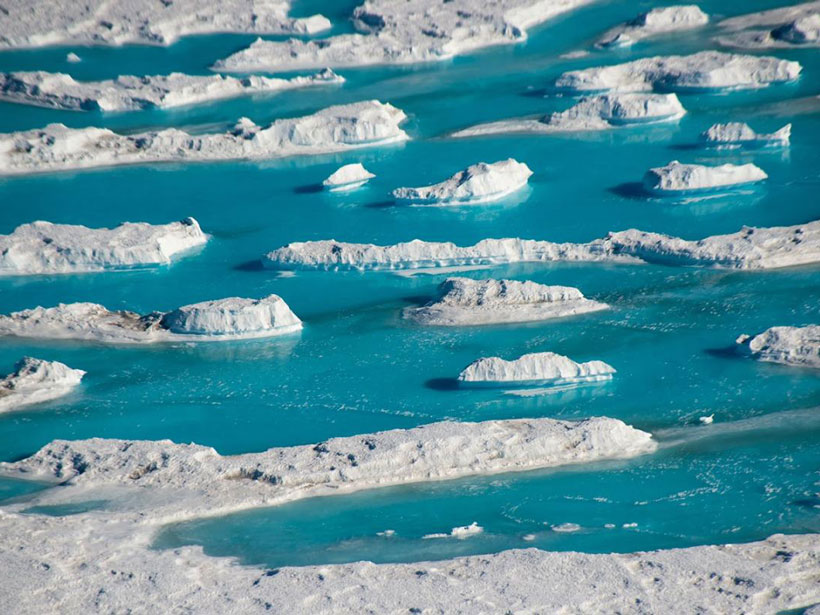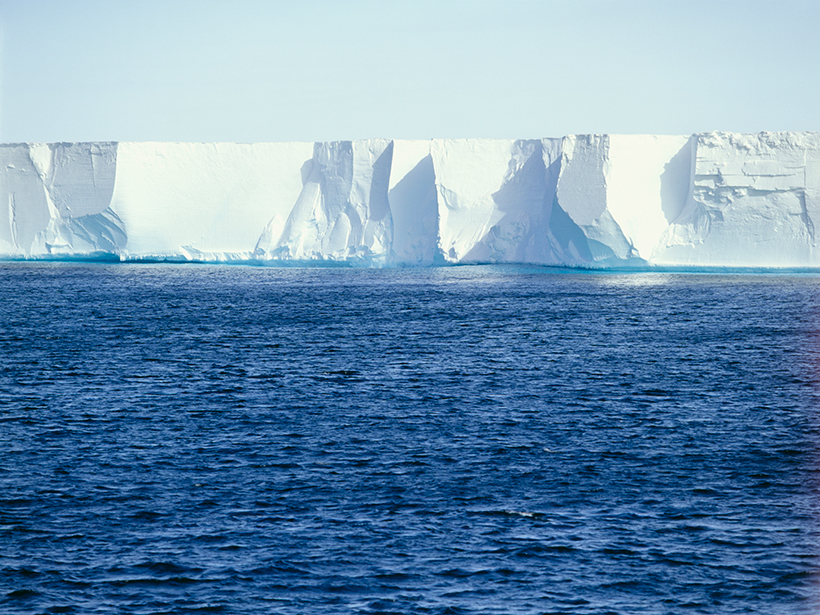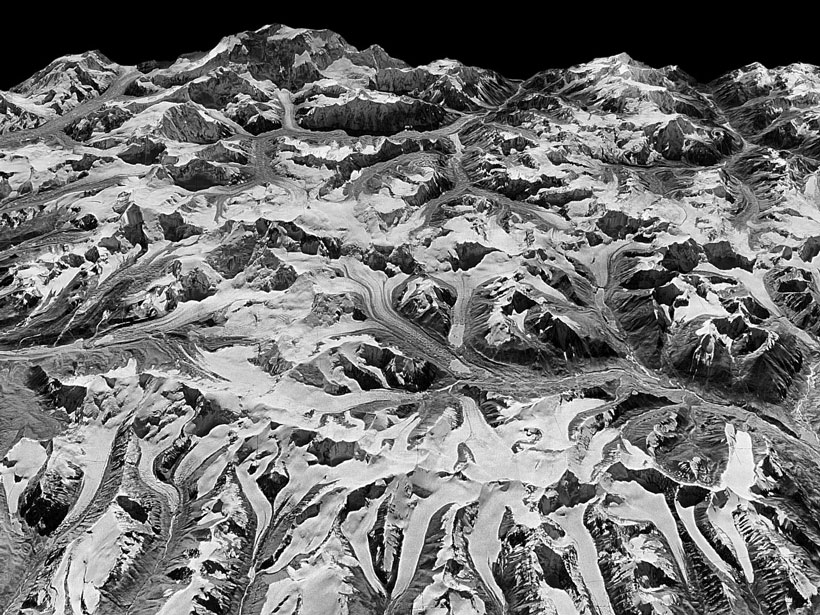Here’s what a century of ice melt looks like on the Alps’ highest peak.
glaciers & ice sheets
Freshwater Pools Show Antarctica Is More Vulnerable Than We Thought
East Antarctica’s lakes cluster in patterns similar to those on Greenland’s ice sheet, which is melting rapidly.
Drilling into the Past to Predict the Future
Climate change is at the center of a remarkable international drilling operation into Antarctica’s Ross Ice Shelf.
Vintage Radar Film Tracks What’s Beneath Antarctic Ice
The newly digitized data double the timescale of ice-penetrating radar monitoring in some of the fastest changing areas of Antarctica.
Scientists Rescue Historical Data Taken on Floating Ice Island
A never-before-published data set from the Cold War could help scientists unravel the mysterious western Arctic Ocean.
Small Seismic Signals Tell a Story of Iceberg Calving
Seismic signals detected hundreds of kilometers away from Greenland glaciers reveal the calving style and iceberg size.
Greenland Ice Sheet Beats All-Time 1-Day Melt Record
More ice melted from the ice sheet on 1 August 2019 than any other day on record.
Tracking Earth’s Shape Reveals Greater Polar Ice Loss
Researchers offer a solution to better track mass changes in ocean water and polar ice.
Spy Satellite Reveals Accelerated Pace of Himalayan Glacier Melt
Images taken covertly in the 1970s have taken on a new purpose in a recent glaciology study.
Arctic Glacial Retreat Alters Downstream Fjord Currents
High-resolution mapping efforts could improve predictions of coastal changes as glaciers shrink around the world.










